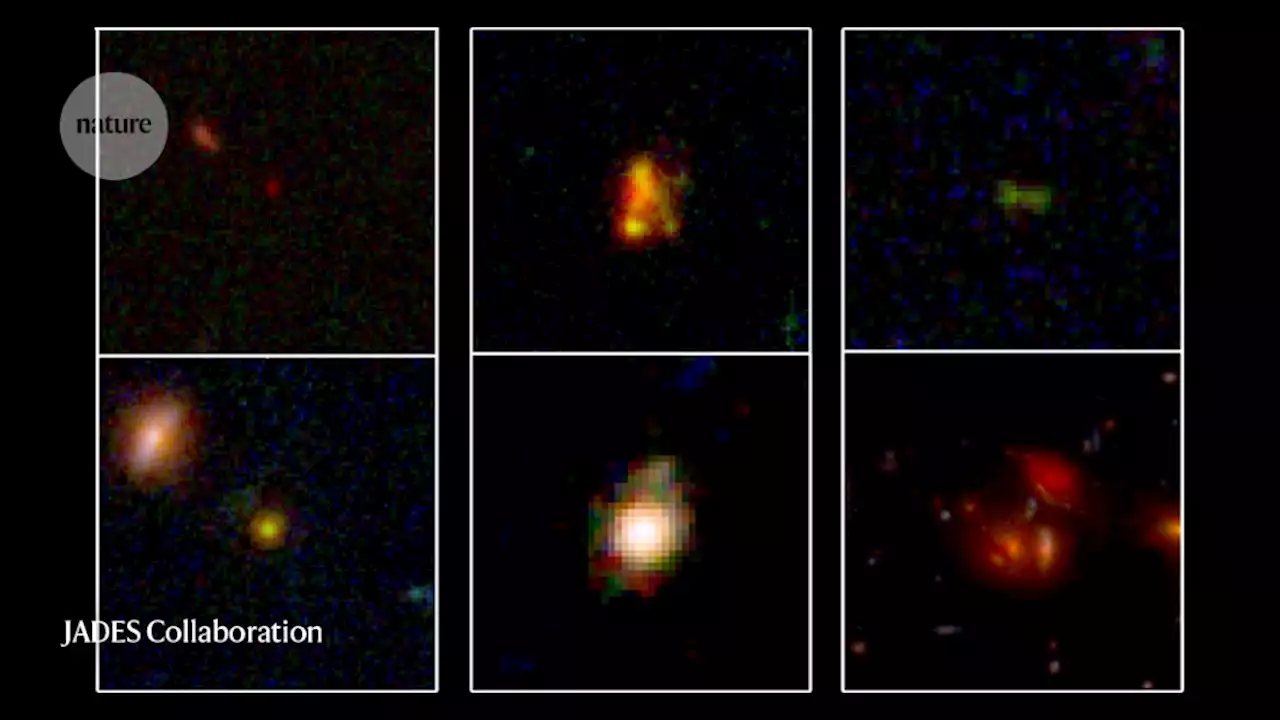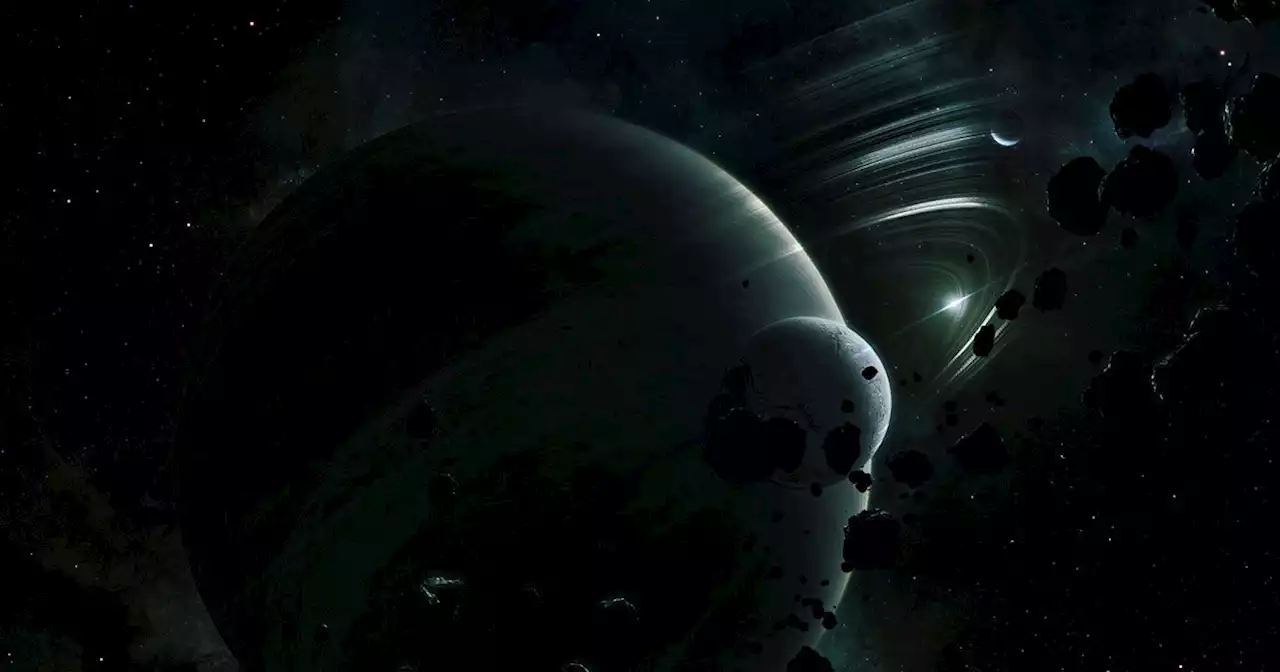An international team of astronomers has discovered a late-stage star that harbors a planet it should have devoured.
, we can determine what material a star is burning. For Baekdu, the frequencies of the waves unambiguously showed it has commenced burning helium in its core.Gabriel Perez Diaz / Instituto de Astrofisica de CanariasThe discovery was puzzling: if Baekdu is burning helium, it should have been much bigger in the past – so big it should have engulfed the planet Halla.
As is often the case in scientific research, the first course of action was to rule out the most trivial explanation: that Halla never really existed.Indeed, some apparent discoveries of planets orbiting red giants using the Doppler wobble technique have later been shown to be illusionsHowever, follow-up observations ruled out such a false-positive scenario for Halla.
If the star Baekdu used to be a binary, there are two scenarios which can explain the survival of the planet Halla.A merger of these two stars may have prevented the expansion of either star to a size large enough to engulf planet Halla. If one star became a red giant on its own, it would have engulfed Halla – however, if it merged with a companion star it would jump straight to the helium-burning phase without getting big enough to reach the planet.
Alternatively, Halla may be a relatively newborn planet. The violent collision between the two stars may have produced a cloud of gas and dust from which the planet could have formed. In other words, the planet Halla may be a recently born “second generation” planet.Whichever explanation is correct, the discovery of a close-in planet orbiting a helium-burning red giant star demonstrates that nature finds ways for exoplanets to appear in places where we might least expect them.
Brasil Últimas Notícias, Brasil Manchetes
Similar News:Você também pode ler notícias semelhantes a esta que coletamos de outras fontes de notícias.
 These six distant galaxies captured by JWST are wowing astronomersSee researchers’ favourites from a survey of the deep Universe by the James Webb Space Telescope.
These six distant galaxies captured by JWST are wowing astronomersSee researchers’ favourites from a survey of the deep Universe by the James Webb Space Telescope.
Consulte Mais informação »
 Astronomers Find the Fastest Spider Pulsar, Filling in the Missing Link in Their EvolutionPulsars are rapidly spinning neutron stars which release blasts of radio waves with atomic clocklike accuracy. The fastest can be turning hundreds of times a second. But another class of pulsars turns agonizingly slowly in comparison, completing a rotation in hours. Astronomers have termed these 'spider pulsars' because they have to feast on a binary companion star to slow down like this. Now researchers have discovered the fastest-turning spider pulsar, completing a rotation every 53 minutes, which fills in a gap in their observations.
Astronomers Find the Fastest Spider Pulsar, Filling in the Missing Link in Their EvolutionPulsars are rapidly spinning neutron stars which release blasts of radio waves with atomic clocklike accuracy. The fastest can be turning hundreds of times a second. But another class of pulsars turns agonizingly slowly in comparison, completing a rotation in hours. Astronomers have termed these 'spider pulsars' because they have to feast on a binary companion star to slow down like this. Now researchers have discovered the fastest-turning spider pulsar, completing a rotation every 53 minutes, which fills in a gap in their observations.
Consulte Mais informação »
 Fans are baffled by Hugh Jackman's controversial waffle toppingThe 'X-Men' star shared some photos from one of his recent 'cheat meals,' and fans had questions about one dish featuring a waffle topped with mushrooms.
Fans are baffled by Hugh Jackman's controversial waffle toppingThe 'X-Men' star shared some photos from one of his recent 'cheat meals,' and fans had questions about one dish featuring a waffle topped with mushrooms.
Consulte Mais informação »
 Our Solar System May Be Hiding an Extra Planet, Scientists SayScientists suggest another planet could be lurking in the Oort cloud, a collection of icy objects stretching beyond the Kuiper Belt.
Our Solar System May Be Hiding an Extra Planet, Scientists SayScientists suggest another planet could be lurking in the Oort cloud, a collection of icy objects stretching beyond the Kuiper Belt.
Consulte Mais informação »
 These Are the Caffeine Habits of the Longest-Living People on the PlanetCaffeine is thought to be inversely correlated with a lower risk of certain chronic diseases—namely, neurological diseases like Alzheimer's Disease.
These Are the Caffeine Habits of the Longest-Living People on the PlanetCaffeine is thought to be inversely correlated with a lower risk of certain chronic diseases—namely, neurological diseases like Alzheimer's Disease.
Consulte Mais informação »
